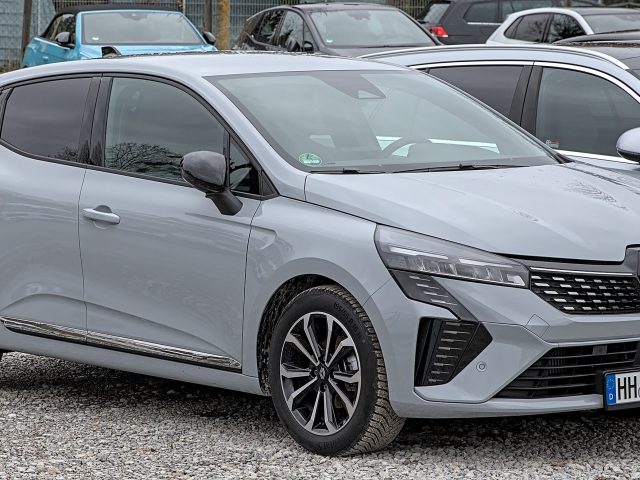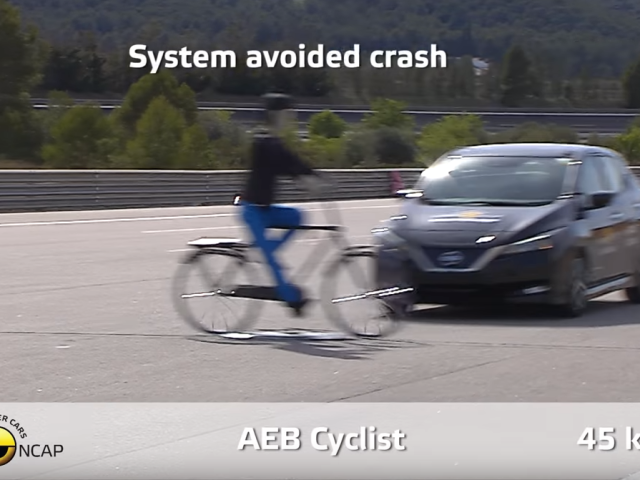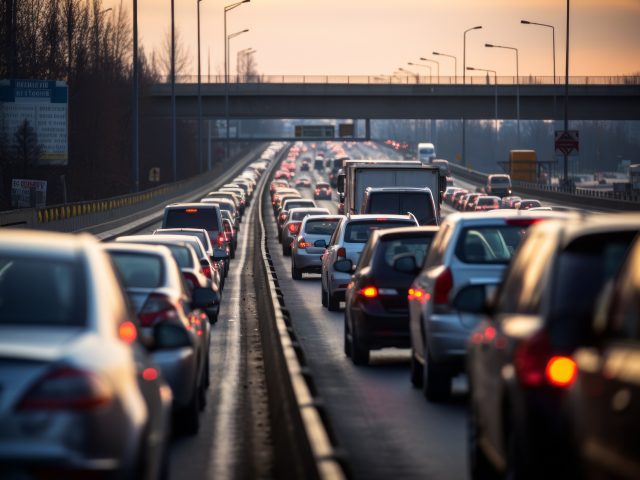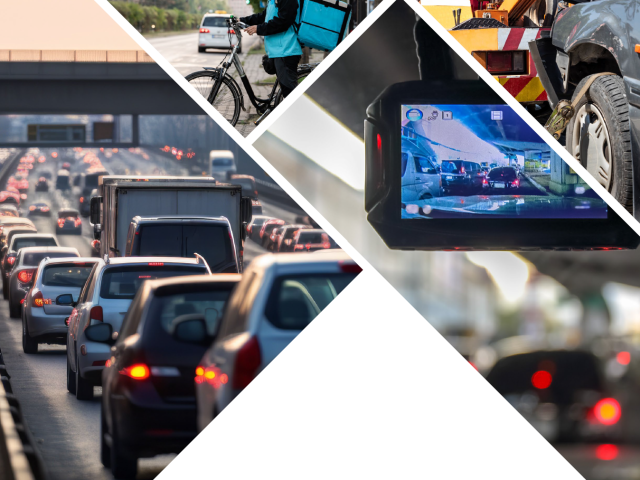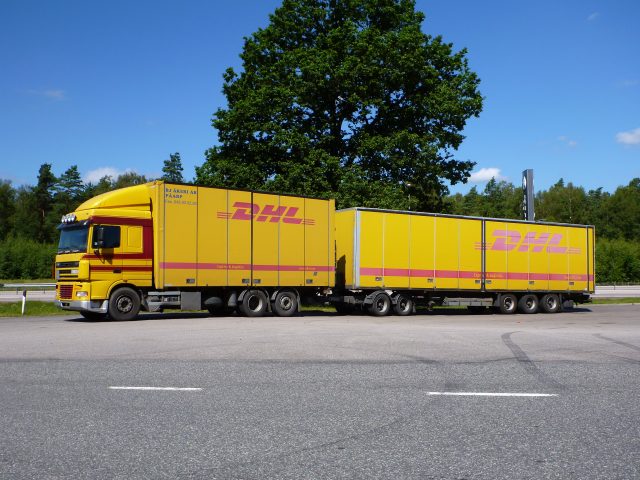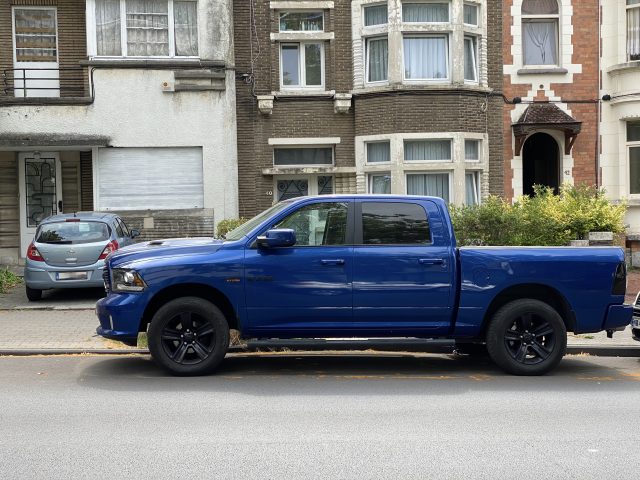New evidence strengthens the case for 30 km/h limits
Across Europe, lower speed limits are proving to deliver safety, noise and quality-of-life benefits. In Wales and Amsterdam recent data reinforce that slower speeds can bring big benefits. And in Brussels, the new ‘Nudge30’ system shows how inexpensive infrastructure can help drivers comply.
Amsterdam introduced a 30 km/h limit in December 2023 on designated “GOW30” roads (formerly 50 km/h). After one year, crashes involving motor vehicles on those roads dropped by 11%, including a 15% fall in incidents involving pedestrians and cyclists. Traffic noise dipped by about 1.5 decibels.
In Rome, the historic centre (Centro Storico) has been officially designated a “Zona 30” since September. The plan will restrict speed across a network of about 50 streets, with further extensions planned. Expected benefits include reduced collisions and a projected 2.1 dB reduction in noise.
In Wales, 18 months after introducing a 20 mph (≈32 km/h) default limit in built-up and residential areas, data show 882 fewer people injured in road crashes on 20/30 mph roads – a reduction of about 25%. By contrast, crashes on roads with limits of 40 mph (≈64 km/h) and above fell by just 2%. Already, 14 deaths have been prevented, and nearly 100 serious injuries have been avoided.
Brussels has launched a world-first permanent ‘Nudge30’ system on a school street in the Koekelberg municipality. This uses small traffic islands to subtly narrow the street and “nudge” drivers to slow down with no speed bumps and no dramatic infrastructure overhaul. Trials in Koekelberg and nearby Schaerbeek showed reduced speeds, smoother driving patterns, and positive feedback from residents, parents and teachers.
ETSC welcomes the growing evidence that 30 km/h limits are effective tools for improving road safety, reducing noise and improving livability. The Brussels Nudge30 system shows that smart, low-cost infrastructure can help make limits work in practice.
